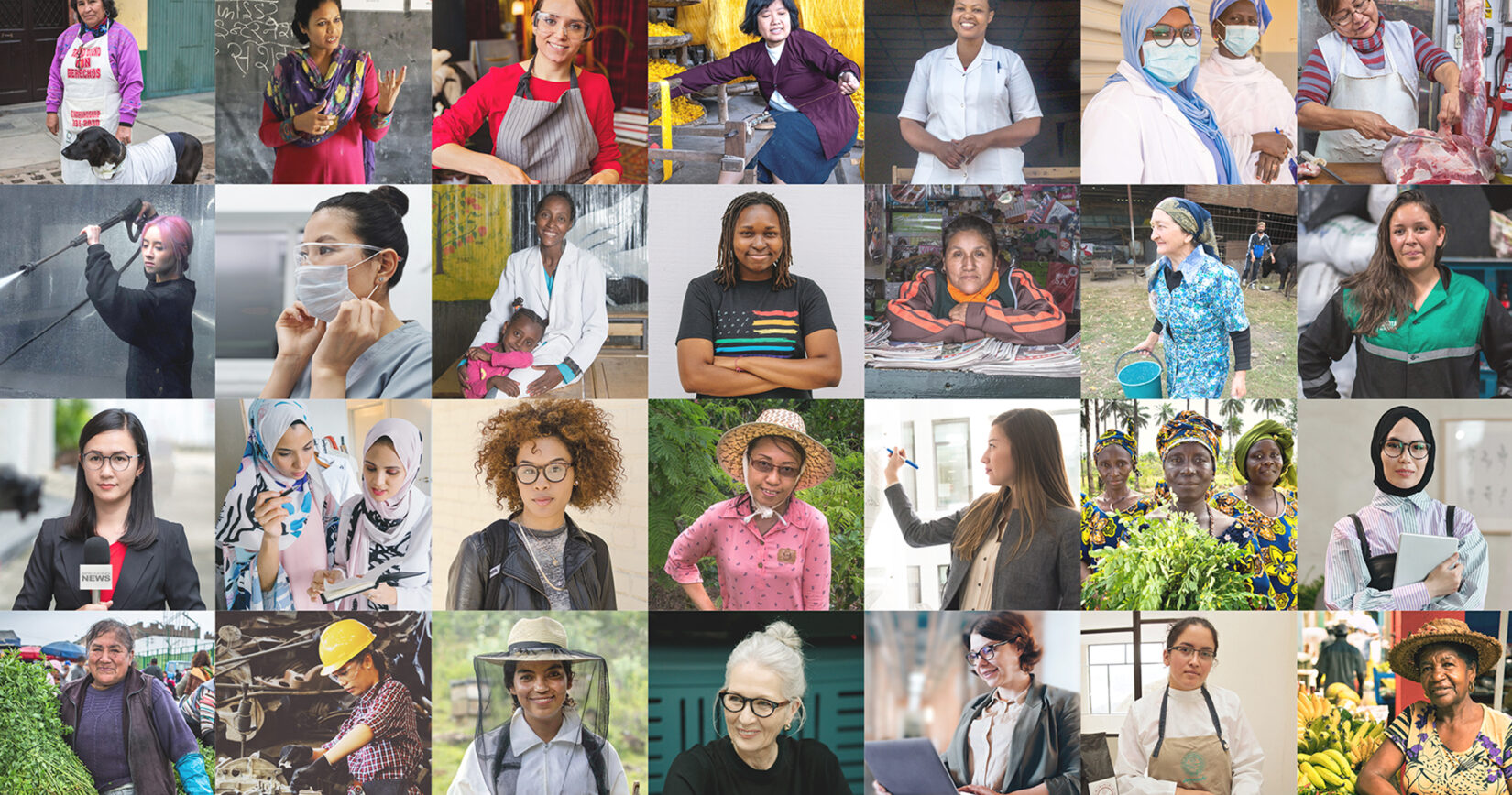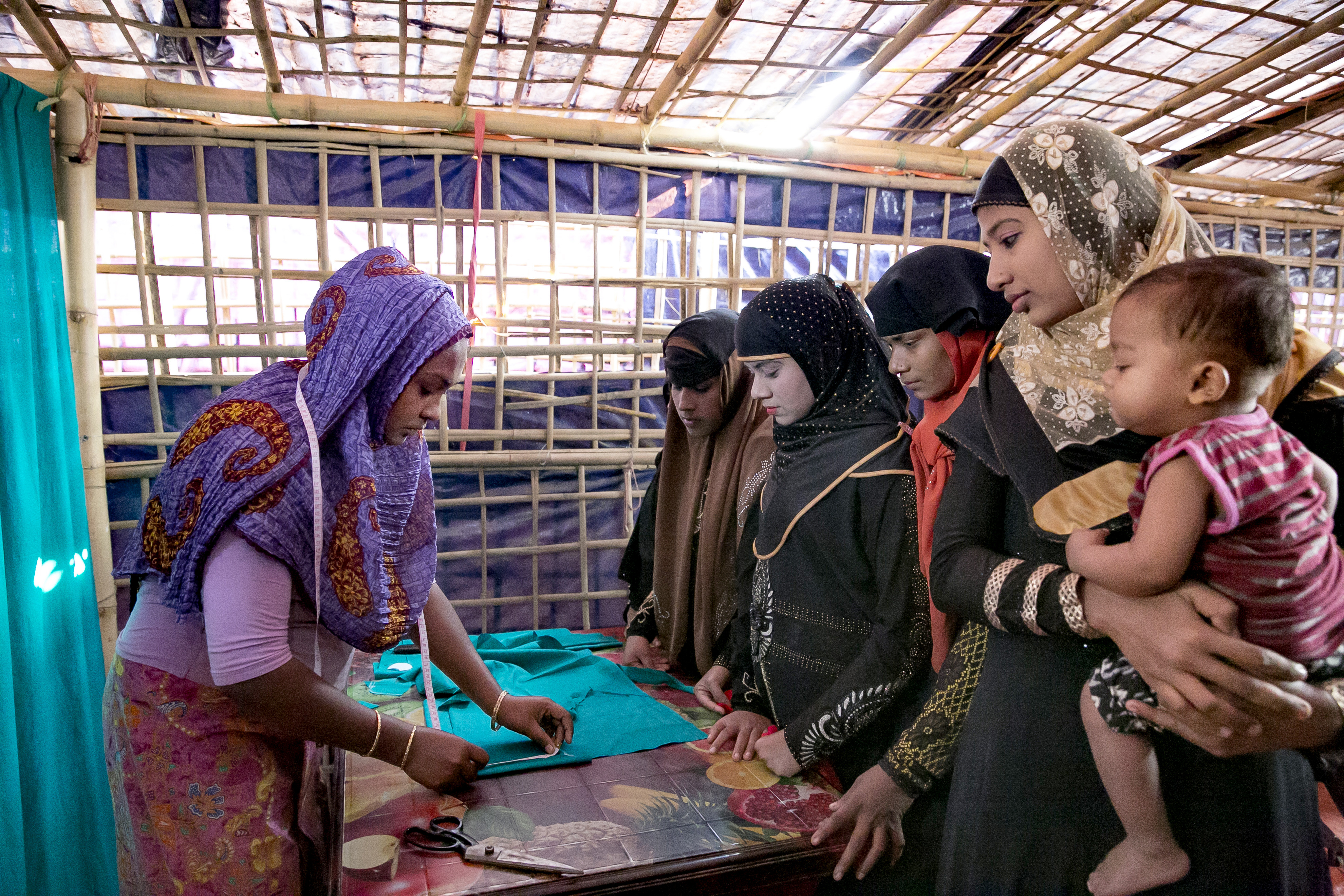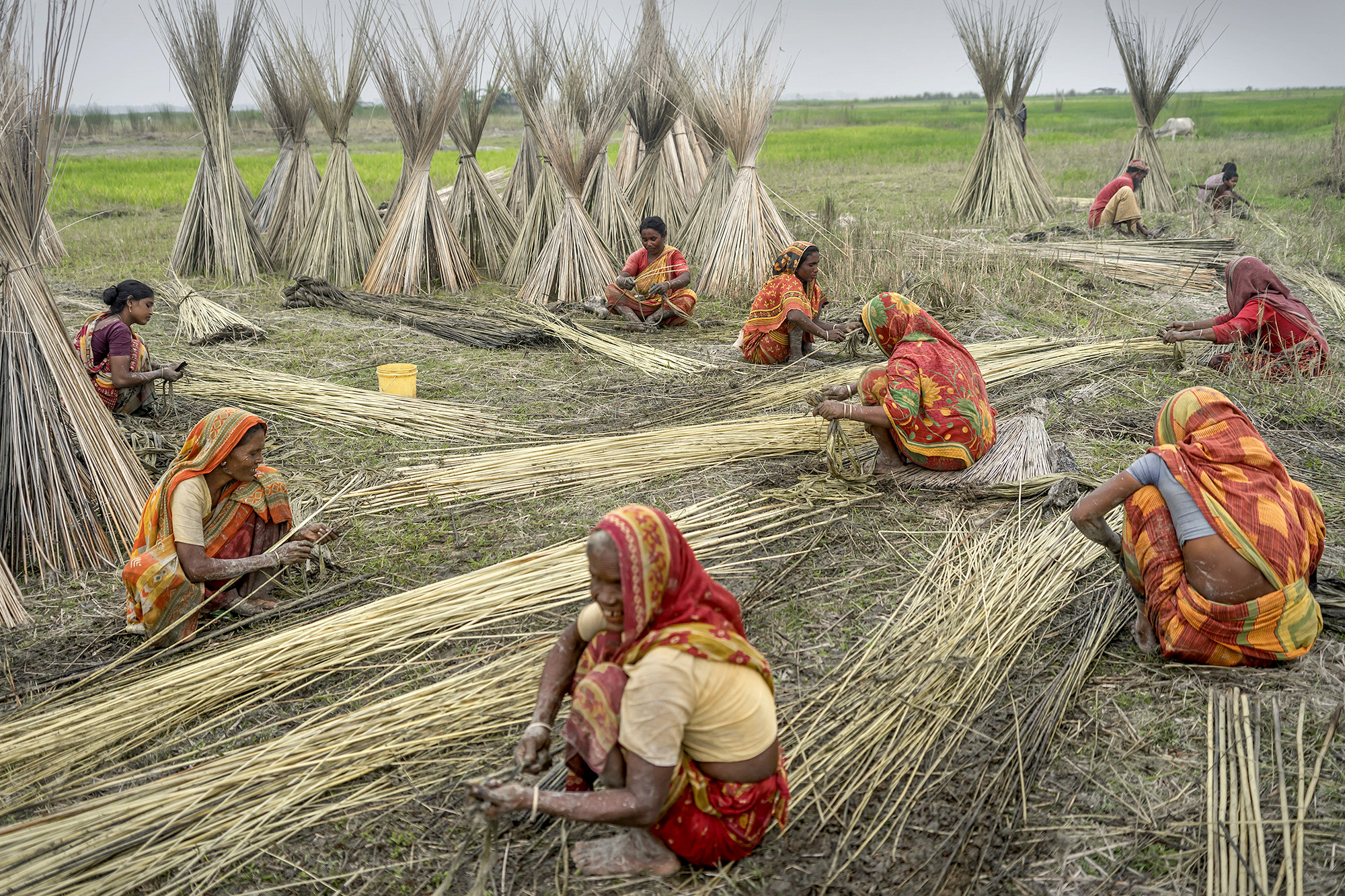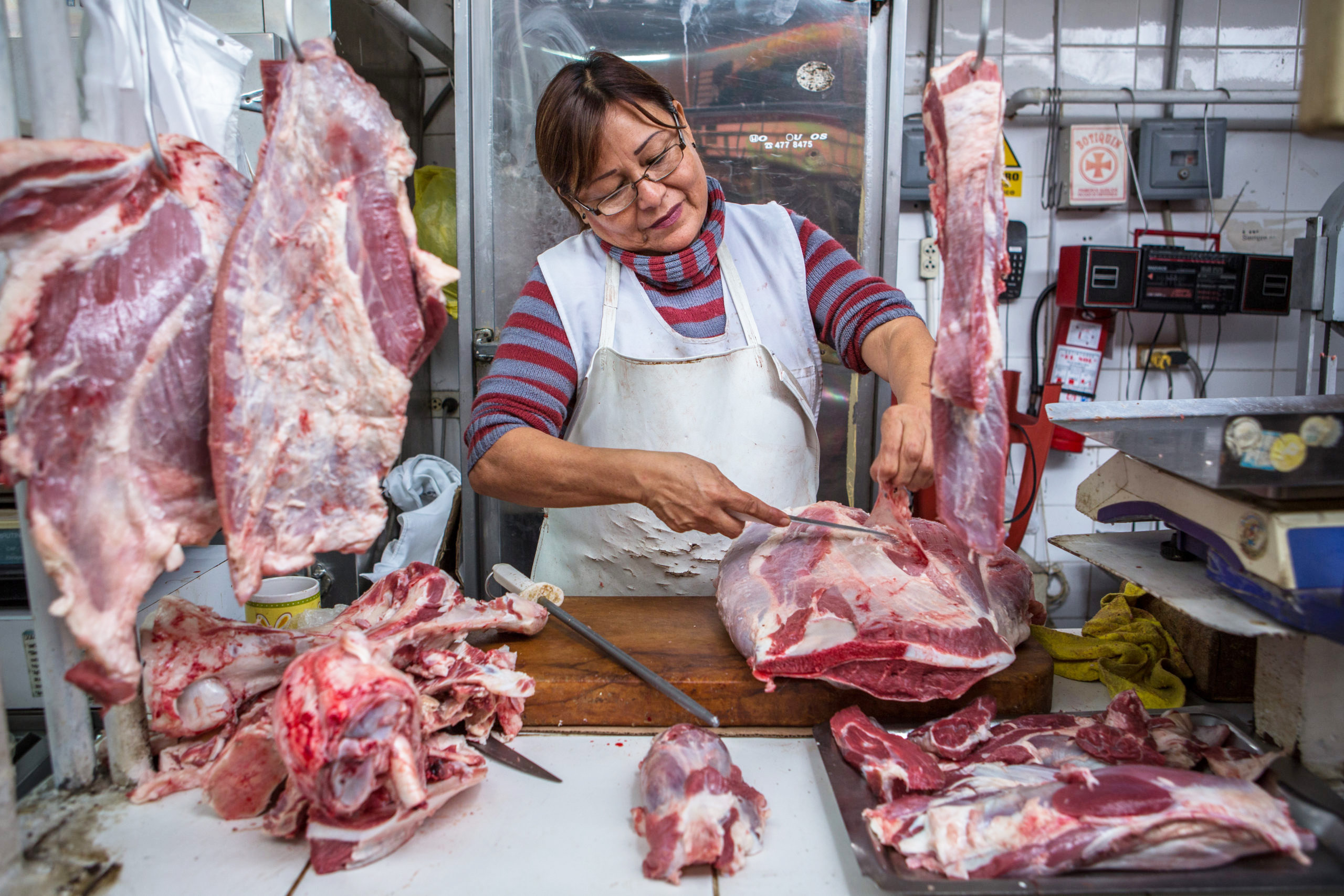
One hundred and thirty-two years. That’s how long it will take for women to achieve parity with men in education, health, government leadership, and economic opportunity, according to a recent report from the World Economic Forum. It’s a dismal loss from the pre-pandemic estimate of 100 years and gives a glimpse of what future generations will have to bear.
Women’s paychecks have long offered a glaring example of stubborn and pointless inequality. Pay inequality underpins and exacerbates other forms of gender injustice, from the crushing unpaid care burden to lost opportunities to achieve economic security. Pay inequality is a solvable problem. But at the current rate of progress, four more generations of women will have to wait until 2154 to earn what their male counterparts do.
In 2020, the UN started commemorating International Equal Pay Day on September 18, an annual occasion to raise awareness and voices in support of equal pay for equal work for women.
As women worldwide rally around this moment, here are five facts to know about the gender pay gap.

1. Two-thirds of the world’s countries can improve their laws on equal pay for equal work.
Worldwide, a woman earns only 77 cents for each dollar that a man makes. And 70% of countries around the world still have legal systems in place that may contribute to this gap. Even in countries that mandate equal pay for equal work, the picture is still worrying: Women are often employed in low-paying sectors where their work is undervalued, or in other words, they are earning less for work of equal value. At the same time, in 90 countries, women are restricted from working at night or in certain jobs that are deemed “dangerous” but that often pay higher wages. Economic justice for all requires that laws protect equal pay practices and equal economic opportunity.

2. Women spend more than three times as many hours as men on unpaid care work.
The COVID-19 pandemic brought the workplace home and home life to the workplace, shining a blinding light on the duties that parents — and particularly mothers — have to juggle. Women already had more care responsibilities than men before the pandemic, and these responsibilities were compounded with the closure of care facilities and schools. In addition to taking care of children and the elderly, women are often tasked with cooking, cleaning, shopping, and other unpaid household duties. In 2020, the “pandemic squeeze” and pressure to balance responsibilities at home and work led to 2 million mothers leaving the workforce altogether, an especially flagrant example of the “motherhood penalty.”

3. The pay gap is even wider for migrant women, who face double discrimination.
Vulnerable populations such as migrants in high-income countries earn about 12.6% less than nationals. That number climbs to 20.9% when we compare migrant women — who comprise close to half of the total migrant labor population — to male nationals. Many of these women also work in informal jobs or the care sector, including education, health care, or domestic work, which are both undervalued and insecure. When work done by women is not rewarded in the same way as men’s work, they are not the only ones to suffer. One study shows that migrant women play a key role in supporting family members and loved ones in their home countries. Even though migrant women earn less, they send the same amount — and in some cases, even more — of remittances as their male counterparts.

4. It’s not all doom and gloom. Some countries are making progress in closing the gender pay gap.
Although the numbers paint a stark picture of how differently women’s work is valued, there have been encouraging examples of government-led efforts around the world to close the pay gap. For example, in 2006, Denmark implemented a law requiring companies with 35 or more employees to report gender-aggregated pay data, which resulted in a 13% decrease in the country’s gender pay gap. In 2018, Iceland became the first country to legalize pay parity by requiring companies to prove that their male and female employees are paid fairly. In 2021, Bahrain and Burundi both took a step forward and enacted laws recognizing that when women perform work of equal value as men, they should be paid accordingly.

5. Pay transparency is key to making sure women get equal pay.
There are several ways to close the gender pay gap. One of the most important, according to the International Labour Organization and other experts, is to be more transparent around pay structure. Pay transparency policies encourage employers to publish their salary offering and employees to report how much they earn. An employee can then use published salary data to better negotiate an offer or push for a promotion. This is especially important for women of color who are disproportionately discriminated against. For each dollar earned by a white man in the United States, for example, Black women earn 58 cents, Native American women earn 50 cents, and Latinas earn just 49 cents. Pay transparency can lead to better data to help women become more comfortable with advocating for pay equality.
Want to learn more?
Dive into the UN Foundation Equal Everywhere campaign’s Snapshot of Gender Inequality to learn more about the world’s sexist laws, policies, and norms.
Check out UN Women’s unpaid care calculator to see just how much earnings women are missing out on.
 BACK TO STORIES
BACK TO STORIES